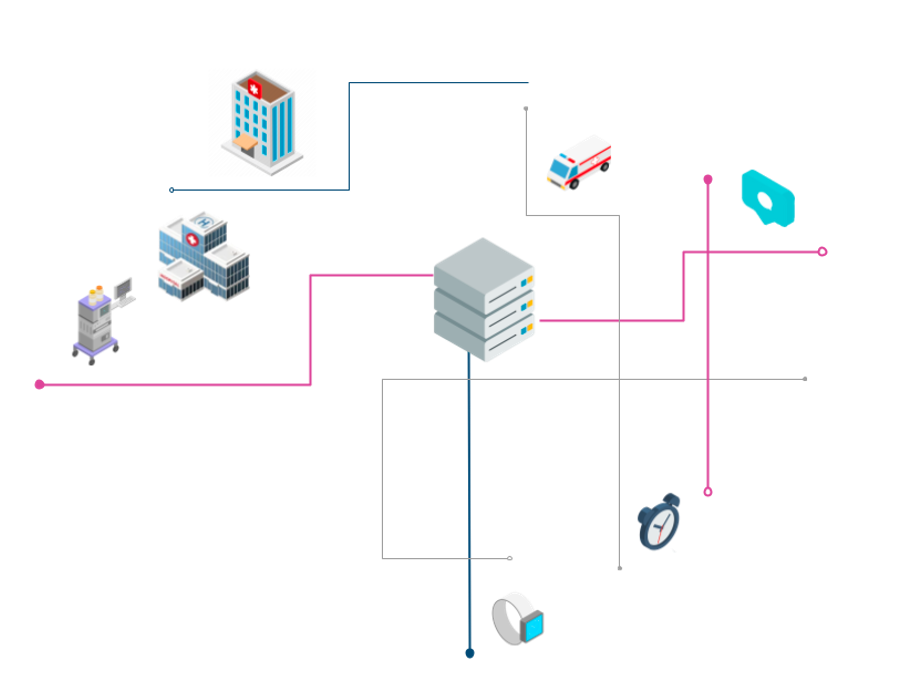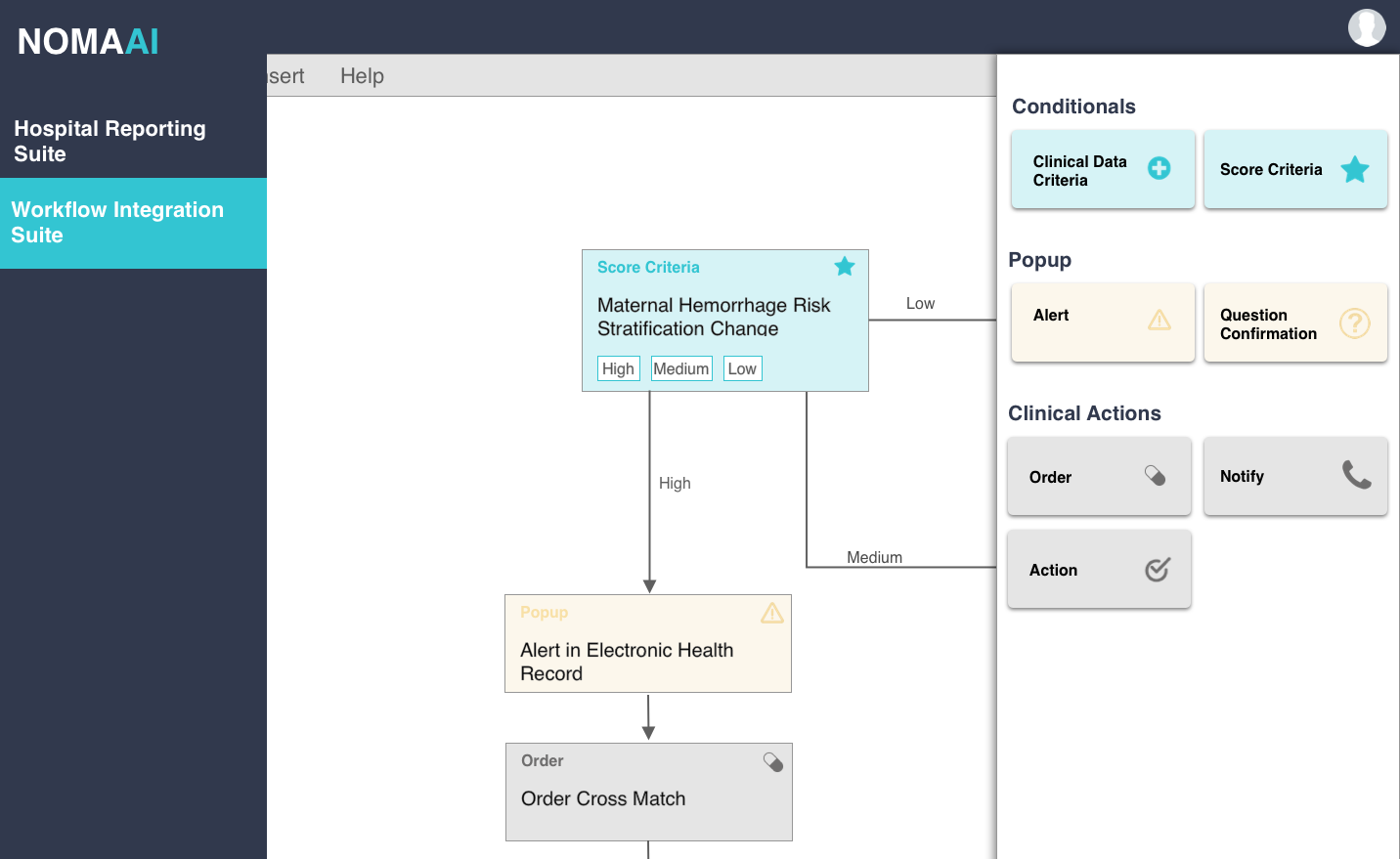Bringing the Power of Artificial Intelligence and Predictive Patient Monitoring to The Bedside
Helping clinicians provide the right level of care to the right patient at the right time
GET STARTED

Patients Experience Medical Complications

Financial Cost to the U.S. Healthcare
Medical Complications Continue to Remain as a Costly Problem For Healthcare Providers and Patients
THE PROBLEMPrioritizing Clinical Workflow
NOMA AI platform integrates with existing hospital IT and device infrastructures to monitor patients' data in real-time and provide predictive analytics and monitoring solution within the clinical and eletronic health records softwares used by the medical teams on the daily basis.


NOMA AI's clinical workflow integration suite is designed to maximize the usability and actionability of our clinical decision support tool by offering the tools to customize the workflow integrations of NOMA AI solutions with hospital-specific guidelines and protocols. The integrations allow hospital clinical leaders and safety committees to integrate real-time recommendations into our risk panels, enabling them to standardize and improve consistent implementation of care protocols.
Initial Focus
Maternal Hemorrhage Monitoring
Maternal mortality is a massive global health problem. Every year more than 14 million women experience maternal hemorrhage resulting in 70,000 deaths globally accounting for 27% of all maternal death. In the U.S. Maternal hemorrhage continues to remain the number one reason for maternal mortality after mental health issues according to the most recent report by Centers for Disease Control and Prevention (CDC) in 2022.
The lack of accurate and proactive risk assessment and detection solutions is a major unmet need in preventing maternal hemorrhage. The existing early risk assessment tools, widely adopted across the U.S. due to the 2021 joint commission mandates, misidentify nearly 50% of hemorrhage patients as low risk resulting in grossly under-preparedness. Additionally, the most common method for the detection of excessive bleeding continues to be visual estimation of blood loss which can lead to significant underestimations and late interventions.

1st
Leading Cause of Maternal Mortality and Morbidity in the U.S. and Worldwide.
4 Million
Maternal care represents the largest inpatient patient population while 5% experience maternal hemorrhage.

Mandates
The Joint Comission Mandates for Adoption of Early Risk Assessment Create Workflow and Market Readiness.
Product Pipeline
NOMA AI is a medtech enterprise dedicated to revolutionizing healthcare through its innovative AI platform. Our platform combines real-time multimodal clinical data and cutting-edge AI technology to deliver accurate and actionable predictive patient monitoring solutions. While we are initially focused on developing and commercializing novel solutions for maternal hemorrhage risk assessment and recognition, our team is partnering with domain experts and renowned clinical teams to design and develop a portfolio of life-saving solutions.
